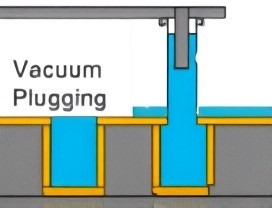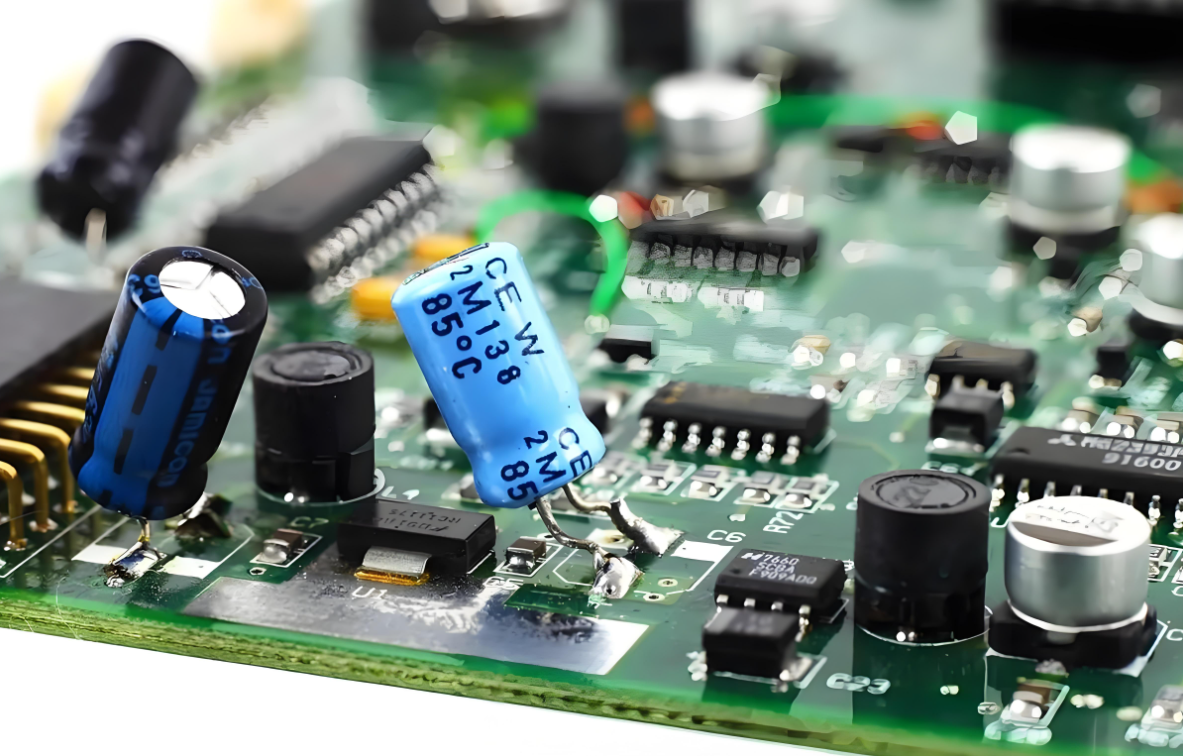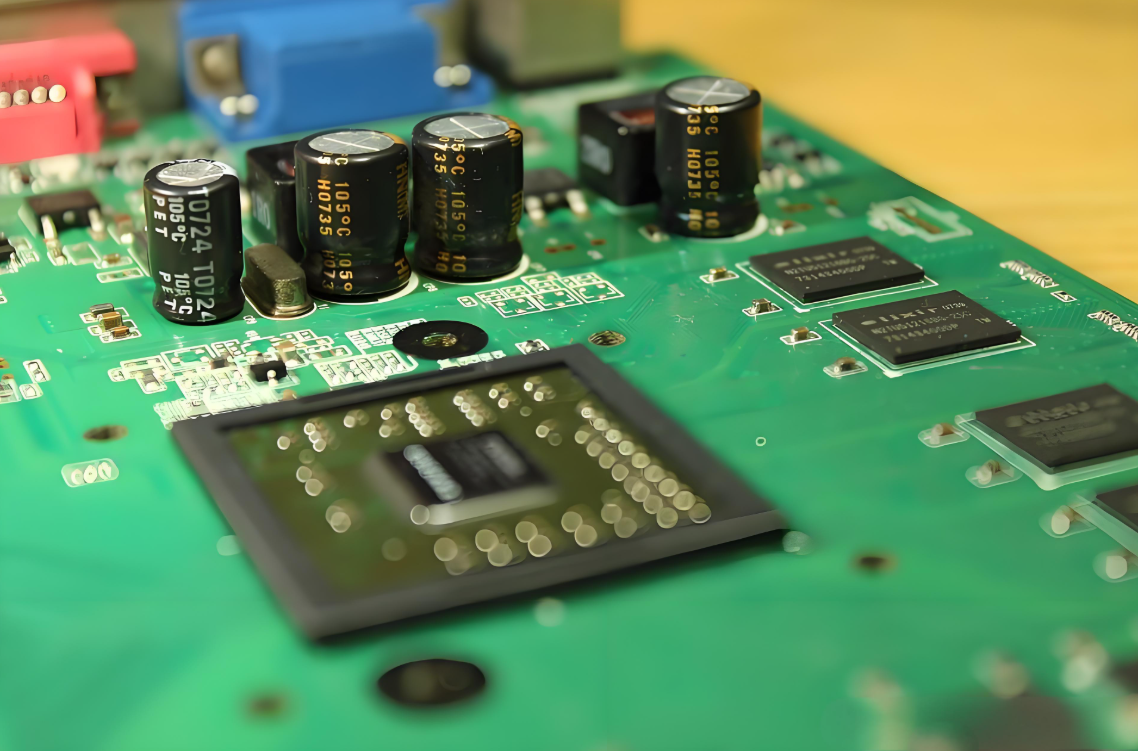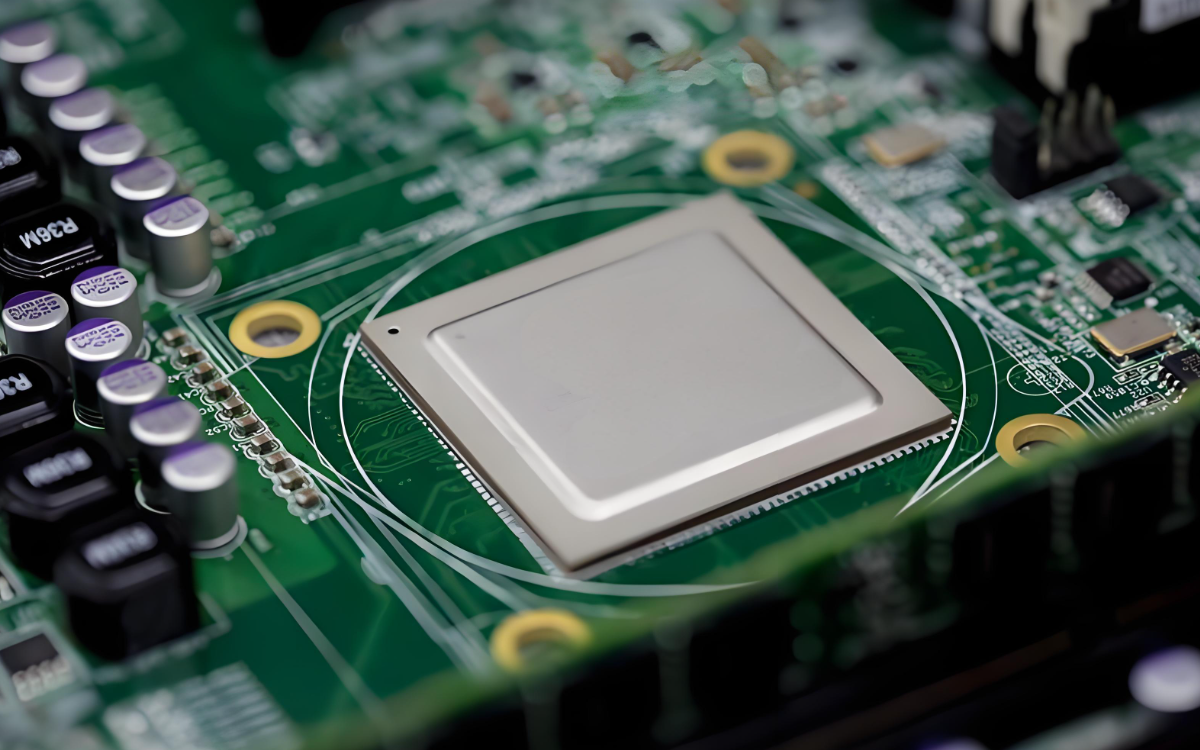 +86 755 2794 4155
+86 755 2794 4155  sales@knownpcb.com
sales@knownpcb.com
-
Shenzhen KNOWNPCB Technology Co., Ltd.
 +86 755 2794 4155
+86 755 2794 4155  sales@knownpcb.com
sales@knownpcb.com
 2025-05-22
2025-05-22
 690
690
Resin plugging is a process that fills vias or through-holes with insulating resin, then cures it to create a flat, sealed surface. This enhances layer bonding, supports high-density interconnects, and improves reliability.Compared to solder mask plugging, resin ensures better sealing and thermal stability.

Main Process Methods
•Vacuum Plugging
Offers high filling reliability for small and deep vias using vacuum-assisted resin injection.
•Lamination Flow Plugging
Uses prepreg or resin films under pressure and heat to fill holes during lamination. Efficient for large-scale production.
•Screen Printing
Cost-effective for large, uniform holes but less ideal for high aspect ratio vias.
•Digital Dispensing
High-precision resin dispensing via automated equipment, suitable for varied and fine-pitch hole patterns.

Key Process Parameters
The effectiveness of resin plugging depends on the control of several critical parameters
•Resin Selection
Choose appropriate resin (epoxy, polyimide, UV-curable) with additives. Key traits: low viscosity, good flow, low shrinkage.
•Curing Conditions
Match cure profile to resin chemistry. Proper ramp and dwell avoid stress and voids.
•Via & Board Ratio
Maintain aspect ratio <1:10–12. Typical vias: 0.2–0.5 mm; board thickness ≤ 5–8× via. Microvias need ultra-low-viscosity resin and strong vacuum degassing.
•Dispensing/Printing
Adjust pressure, mesh, valve time, and speed per resin flow and via depth to ensure precise fill without overflow or gaps.
•Environment
Vacuum depth, pressure, and thermal conditions critically affect fill. Vacuum removes trapped air; lamination needs optimized pressure and cooling.

Technology Advances
•Laser-assisted micro via preparation improves resin access and bonding.
•Low-viscosity resin for microvias is enabling filling down to 0.1 mm.
•Smart automation with CCD alignment and inline inspection enhances yield and consistency.

Applications & Material Scope
•HDI Boards
Stacked via structures benefit from reliable resin fill.
•BGA Pads
Resin plugging + copper cap prevents solder wicking and pad collapse.
•High-frequency Boards
Resin isolates signals, reduces loss in mmWave designs.
•IC Substrates & Thermal Boards
Specialized resins can support heat dissipation.

The process requires precise control and higher costs, with microvia plugging challenges as boards shrink. Future developments focus on ultra-fine pitch support, advanced hybrid resins, and AI-aided optimization. Resin plugging remains vital for thinner, faster, and more reliable next-gen electronics.

Or call +86 755 2794 4155
Inquiry Now

